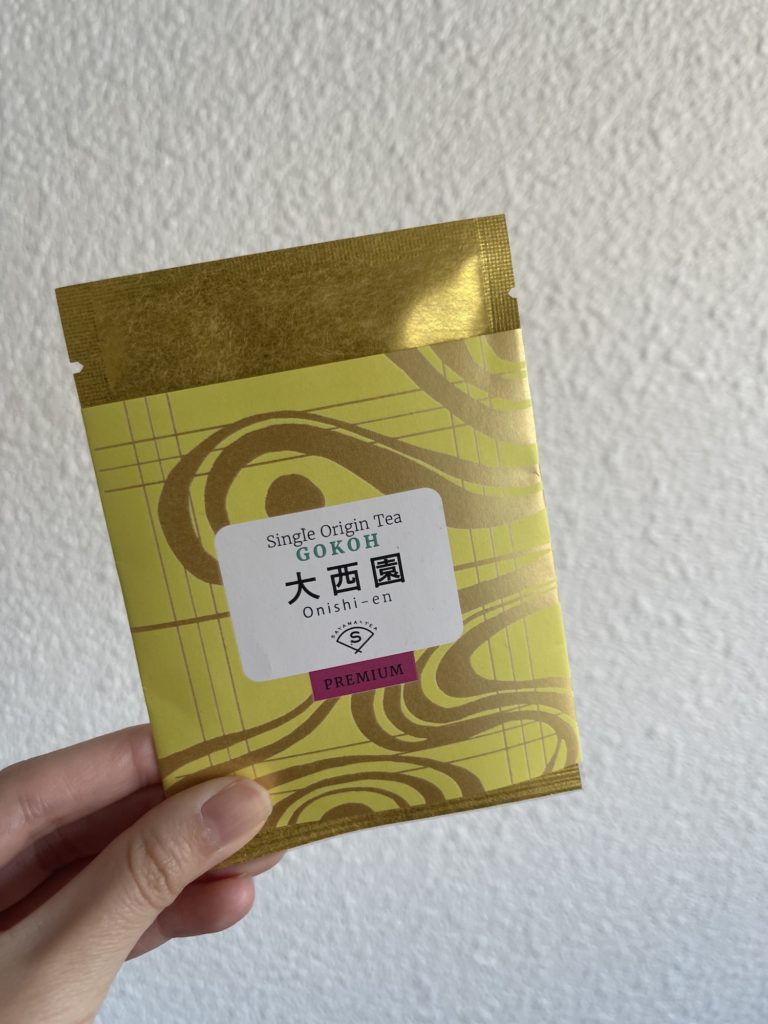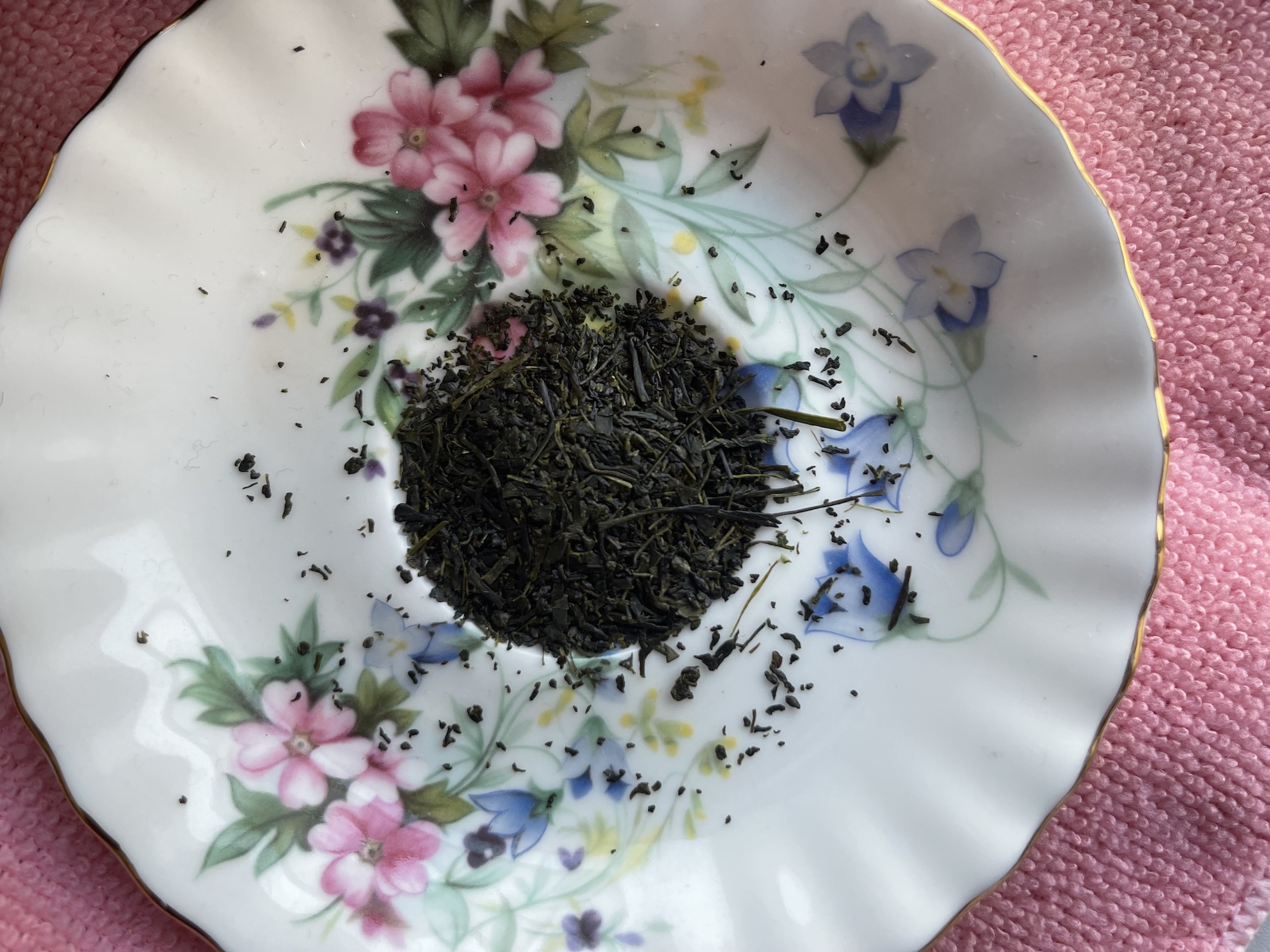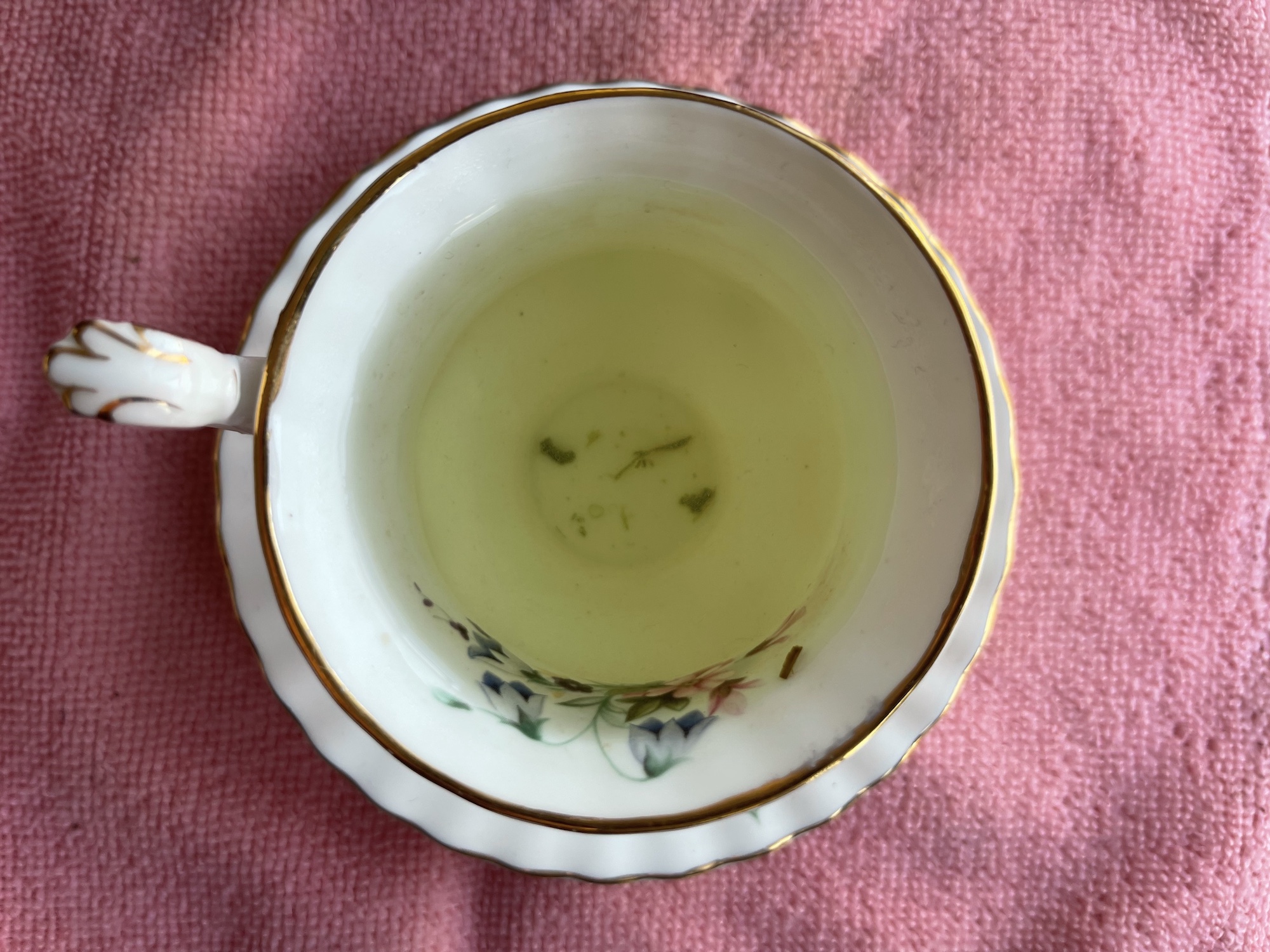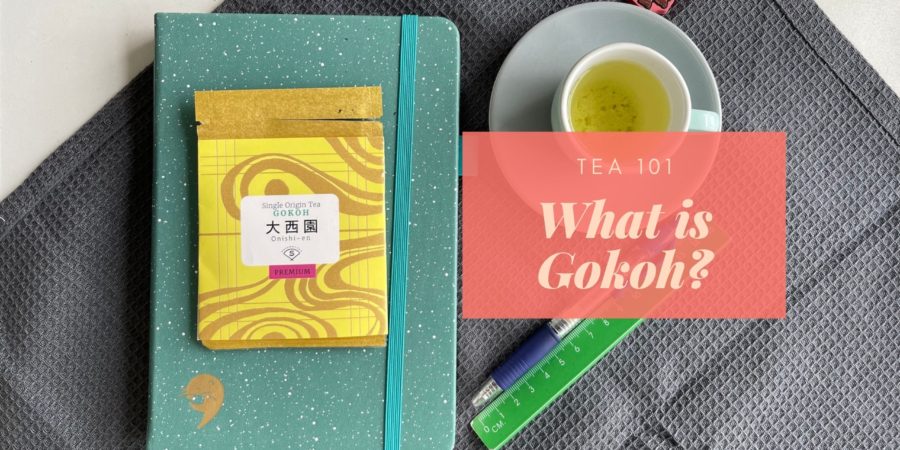Hello my tea friends! We are back with a new cultivar to look into – and it’s a very interesting one today.

What is the Gokoh Cultivar?
I say the Gokoh cultivar is interesting because all these teas that I’m drinking are sencha (steamed green tea, which is different from Chinese green teas which tend to be pan-fried) but Gokoh is a cultivar meant for gyokuro tea. Gyokuro tea is also steamed green tea, but unlike most senchas, the tea must be shaded before it is harvested and processed. The shading produces increases the umami and decreases the bitterness in tea, giving gyokuro its distinctive flavours. Additionally, gyokuro is a more delicate tea and must be brewed with water that’s much less hotter than sencha.
The old name of Gokoh is 京研166号 and it is a cultivar from Uji. It was registered in 1954 by the Kyoto Prefectural Tea Industry Laboratory (京都府茶業研究所). In terms of characteristics, this is a mid-harvest tea that is harvested about 3 days later than Yabukita but has the same yield volume as the yabukita cultivar. The new leaves of the gokoh cultivar are supposed to be relatively smooth with a light green colour and tea made from this cultivar is supposed to have a striking aroma.
Because Gokoh was originally meant to be made into gyokuro, the sencha is also more delicate and you should take care that the water isn’t too hot. You can even try brewing it like gyokuro (which needs about 60 degrees celsius water) and see what happens!
Most of my information of Gokoh came from this page by the Kyoto prefecture, so I’m just going to link it here instead making a “sources” section.
Tasting Notes


I found that this Gokoh tasted very similar to the Gokoh that I had in 2020! The dry leaves had a crisp, vegetal scent to them. For the first steep, the tea liquour was generally very soft with a sweet and umami taste and it was a really delicious tea for me to drink.
The second steep tended to reveal a vegetal note which reminded me ever so slightly of medicine, but overall, it was gentle tea that made me want to slow down and enjoy it. I generally get about three steeps from this tea with one session, which feels right for sencha.
You can read my first review of this cultivar here.
Conclusion
It’s interesting to think of how teas can be grown for specific purposes. I already knew, for example, that the assamica variety of tea (camellia sinensis var. assamica) is more commonly used for black tea. In fact, I find green tea made from assamica to be really rough! But I didn’t realise that cultivars were being made for specific sub-types of tea, like gyokuro – I thought it was just the growing process that differentiated gyokuro from sencha. But it makes sense, since not all teas may be well-suited to shading.
It’s also getting harder to find specific information on specific cultivars, but I still hope the posts are sharing something new!

I’m so surprised that it can be brewed with such “cold” water!
Yes! It’s really interesting – and honestly this temperature water is probably easier to drink (immediately) compared to piping hot water haha